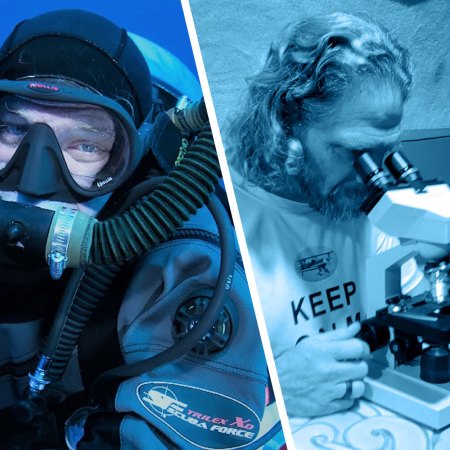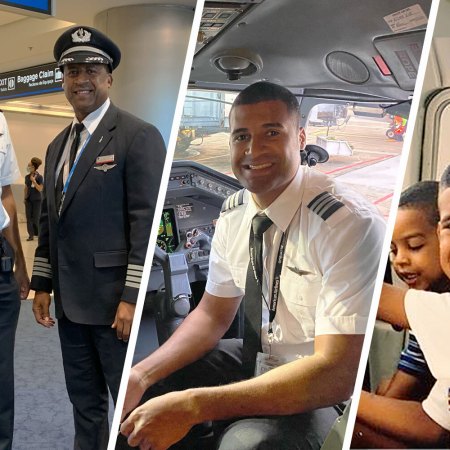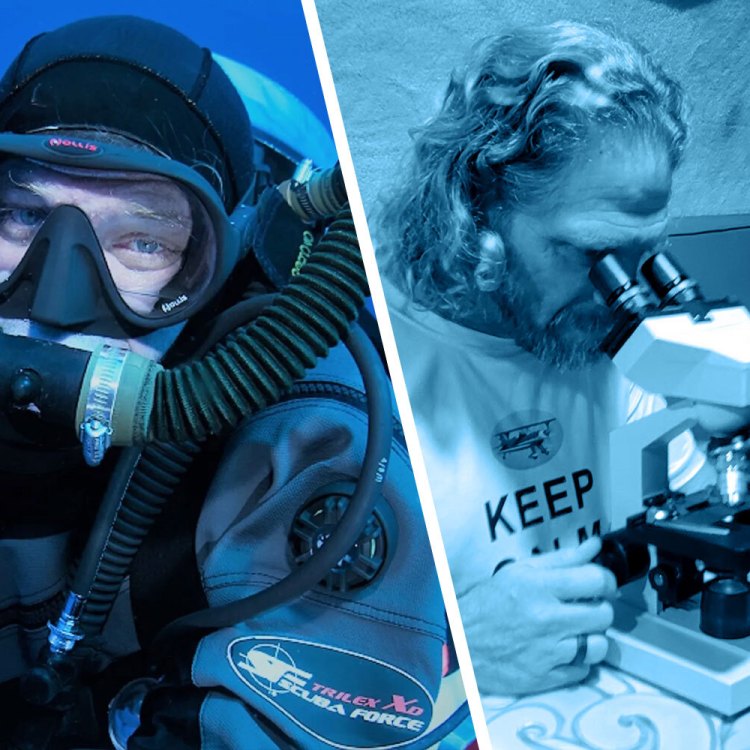Miami’s Little Havana is one of the most vibrant parts of the city and a popular stop for visitors, who come to snap photos of the brightly painted rooster statues and sip cafecito. During the post-war period, the then-industrial and mostly Jewish neighborhood had an influx of Cuban refugees settling there, giving it its nickname.
At its center is the Ball & Chain club, which has been an integral part of the Calle Ocho community since opening in 1935. Before its current incarnation, it was a rowdy spot for bootlegging and brawling. These days, the atmosphere is completely different, offering energetic live music and traditional Cuban food, including mojitos and chicarrones.
Go on nearly any day of the week and you’ll see Ball & Chain’s unofficial mascot, Orestes Sosa, dancing with the band. Born in Havana in 1939, Sosa moved to Miami in 1980. He’s been dancing for over 55 years — and at Ball & Chain for the last decade, after befriending one of the bands that played there.
“I was first connected through one of the musicians of Trios that used to play at Ball & Chain. The keyboard player would ask me to stick around and engage with the guests, as he was a bit shy,” says Sosa. “I was instantly drawn to the venue, as I loved the energy, music and crowd. And ever since then, my relationship with Ball & Chain grew. I had no idea that this introduction would lead to me still standing here, to this day.”
Ball & Chain has hosted countless notable acts over the years, including Black artists like Ella Fitzgerald and Nat King Cole who weren’t welcomed in the city’s segregated clubs. Sosa has also seen other beloved artists: “I was here at Ball & Chain for [José Alberto] El Canario, Luis Enrique, Tito Puente Jr. and many others,” he says. “All were so much fun and stuck out to me in their own ways.”
Sosa loves dancing with the visitors who come into the club and can often be found playing the maracas, sipping on tequila or grabbing people by the hand to join him on the dance floor. And he’s not the only famous face you might see: Marc Anthony has frequented the club, and Cardi B filmed a music video here, where the clientele ranges all ages and backgrounds.
“The nicest moments and memories for me are when someone comes in and shows me pictures of myself and them from years ago, or when people visit and they recognize me from pictures,” Sosa says.
Little Havana has gone through many changes since Sosa first moved there. “Commerce has increased, the hospitality industry has grown,” he explains. “More businesses that cater to tourism and hospitality have emerged while maintaining the historic street. It has become an even more beautiful neighborhood and community than it was before.”
But it’s still the area he calls home.
“I really enjoy being in Little Havana every day, whether it be visiting old friends in their shops or meeting all the new people that come and check out the neighborhood and always having my dancing shoes on,” says Sosa. “The neighborhood cigar shops and clothing shops that specialize in guayaberas [a type of tailored shirt] are great. There’s still an old fruit stand that provides fresh coconut water and smoothies, which is delicious. And of course, I can’t forget the [Tower] theatre that’s been here since the 1930s! All of these places make Calle Ocho so original and special.”
This article was featured in the InsideHook Miami newsletter. Sign up now for more from the 305.






















